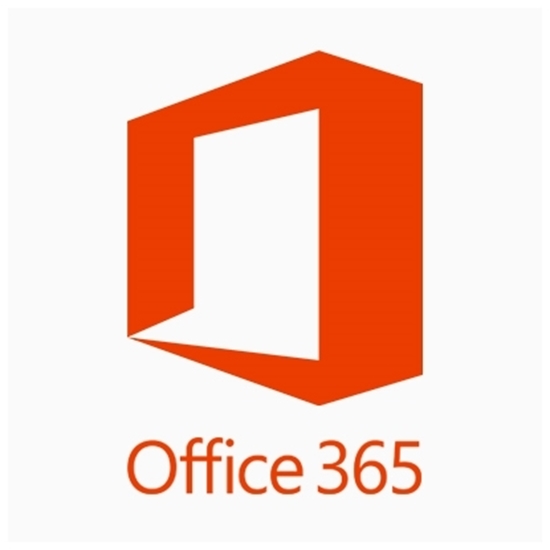

However, for a chat within a Team you should use the Teams menu and hold the group chat in 'Conversation'. Most of these are fairly self-explanatory:Īctivities: Shows you the last activities of the Teams that you are part of.Ĭhat: This holds your Skype for Business conversations, providing a complete chat history. With integration between systems being so vital to teamwork, we can expect to see many more partnerships and out-of-the-box integrations!Īlong the left-hand side you can navigate to different areas within Teams, such as Chats, Meetings, Files and Activity. Microsoft products can easily be added now, but there are also many future integrations coming to Teams, such as Asana integration. Within Teams you can view and edit your OneNotes (directly within the Teams window) or you can click to edit in the OneNote app.Īs mentioned, as well as these three automatic tabs you can also add your own, which currently include Planner, Excel spreadsheets, Word documents, Power BI dashboards and more. Notes takes you to the Team shared OneNote. View team files, edit, upload and create Notes

You can also start a Group chat alongside the file, to allow team discussions while all working on the files - and this conversation will appear in your Conversation thread. These tasks include the ability to delete, download, move files, open, copy, edit or get a link to share with others – giving you all the key features you would get in the native apps. In your Teams window, you can perform a variety of tasks directly within that window or browser, so that you avoid flicking between different applications. As well as tagging, users can 'like' content and share emoticons or GIFs. On top of this, your desktop app will notify you through an alert. Users that look at Conversations will easily see where they have been mentioned through the red symbol to highlight areas of importance to them. The use of allows you to tag participants or even whole teams to notify others. Conversations are the central component where all teamwork is recorded-from file sharing to video calls.

ConversationĬonversations are one of the key features of Teams, allowing each Team to have a centralised discussion that is saved and easily searchable. Conversation (group chat), Files (shared documents) and Notes (shared OneNote) are automatically created and you can then add your own tabs. Whenever there is a new notification or activity, the Channel will become bold.Įach Channel all have their own tabs along the top. Or a Company could be a Team and Channels can relate to departments - you can choose whatever suits your organisation's way of working. You can have multiple Channels within a Team for example, you could have a 'Marketing' Team and then Channels such as 'Social Media', 'Product Launch', 'Blogs' etc. As mentioned above, a new Team will create a matching Office 365 Group, OneNote, SharePoint site and Plan-so this does need to be done with some caution.Įach Team has subsections, which are called Channels, and a General Channel will automatically be created. Setting up Teams is easy and done in a few clicks, requiring a Team name and a description this then allows team members to be added. To start your teamwork collaboration, you need a team.
#How to use skype for business in office 365 online download
Once your organisation has access to Teams, you can: download the desktop application, access Teams through your browser or download the mobile app. Luckily, the admin side of Teams allows this to be managed as we'll cover below.

While this brings a number of great benefits, such as shared documents and centralised team information, it can cause some governance and admin headaches. Every Team created will automatically create a matching Plan (find out more on this in our Guide to Planner here), SharePoint Team Site, Office 365 Group and shared OneNote. Before getting started it’s important to understand how Teams fits into the larger Office 365 picture, as creating Teams has some wider implications.


 0 kommentar(er)
0 kommentar(er)
